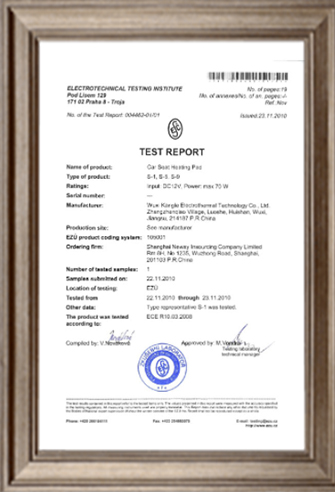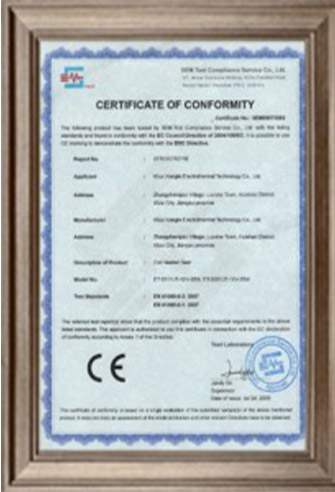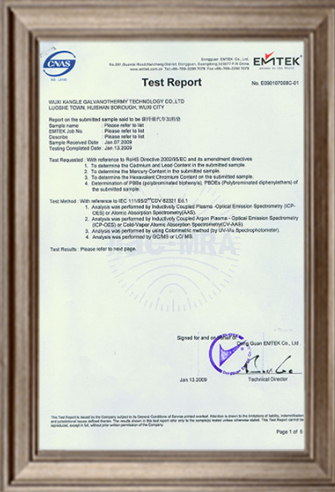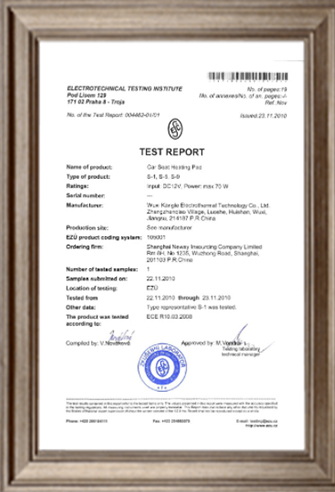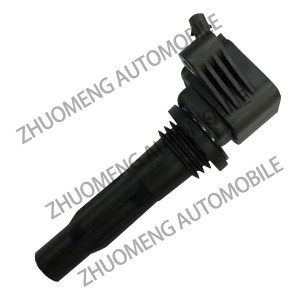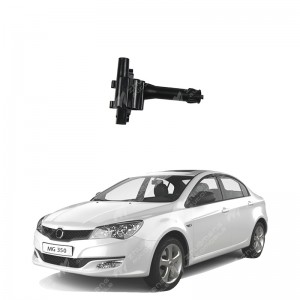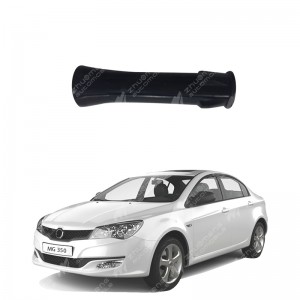How often is the ignition coil changed?
Life of ignition coil
The life of the ignition coil is usually recommended to be replaced after driving about 100,000 kilometers, but this is not absolute. Because the ignition coil works in a high temperature, dusty and vibrating environment for a long time, it will be subjected to a certain degree of wear. However, as long as the ignition coil is working properly and there are no obvious signs of aging on the surface, there is no need to replace it prematurely.
Symptoms of ignition coil failure
When the ignition coil is aged or damaged, there may be some obvious signs, such as the ignition coil in the engine compartment has a glue overflow, explosion, connection pipe or high pressure nozzle ablation. In addition, you can also judge whether the ignition coil is working properly by observing the jitter of the engine. If the ignition coil is damaged, it may lead to decreased engine performance, such as weak acceleration, difficulty starting, and unstable idle speed.
In summary, the replacement cycle of the ignition coil is not fixed, but is determined according to its actual use and degree of aging. Owners can regularly check the status of the ignition coil and replace it if necessary to ensure the normal operation of the engine.
Do we need all four ignition coils?
Whether the ignition coil needs to be replaced by four together depends on the specific working state of the ignition coil and the use of the vehicle.
The ignition coil is an important part of the ignition system of the automobile engine, which is responsible for converting the low voltage to the high voltage to ignite the mixed gas and ensure the normal operation of the engine. Whether or not all four ignition coils need to be replaced at the same time when ignition coils fail depends on a number of factors. If only one or a few ignition coils have a problem and the others are working properly, then only the faulty ignition coil can be replaced, which can save costs and avoid unnecessary waste. However, if the vehicle has a long range, the ignition coils are at or near their design life, or there are signs of multiple ignition coils failing at the same time, it may be safer to replace all four ignition coils at the same time to ensure overall engine performance and reliability.
When replacing the ignition coil, follow the specific removal steps, including opening the ignition coil cover on the top of the engine, removing the retaining screw using the inner pentagon wrench, unplugging the power plug, removing the old ignition coil, placing the new ignition coil and fastening the screw, and attaching the power plug. Be sure to follow the automaker's guidelines and recommendations to ensure safety and effectiveness.
In addition, ignition coil life and replacement frequency are also affected by a number of factors, including oil quality, driving habits, and engine operating environment. It is usually recommended to check and replace the ignition coil every about 100,000 kilometers to ensure the stable operation of the engine.
How to measure the ignition coil?
ignition coil measurement is good or bad the main method 12
external inspection : check whether the insulation cover of the ignition coil is cracked or whether the shell is cracked, whether there is any abnormal situation such as glue overflow, burst, connection pipe and high pressure nozzle ablation.
Resistance measurement : Use a multimeter to measure the resistance value of the primary winding, secondary winding and additional resistance of the ignition coil, which should comply with the technical standards.
temperature detection : Touch the ignition coil shell, it is normal to feel hot, if hot, there may be inter-turn short circuit fault.
ignition strength test : test the high voltage generated by the ignition coil on the test bench, observe whether there is a blue spark, and continue to emit sparks.
comparison test : Connect the tested ignition coil and a good ignition coil respectively for comparison to see whether the spark strength is the same.
Procedure and precautions for each method
External inspection :
Check whether the insulation cover of the ignition coil is broken or whether the shell is cracked, whether there is any abnormal situation such as overflow, burst, connection pipe and high pressure nozzle ablation.
Pay attention to the temperature of the ignition coil, mild heat is normal, overheating may indicate that the ignition coil is bad or damaged.
Resistance measurement :
Use a multimeter to measure the resistance values of the primary winding, secondary winding and additional resistance of the ignition coil, which should comply with the technical standards.
The primary resistance is about 1.1-2.3 ohms, and the secondary resistance is about 4000-11,000 ohms.
Temperature detection :
Touch the ignition coil shell by hand, feel the heat is normal, if the hand is hot, there may be inter-turn short circuit fault.
Ignition intensity test :
Check the high voltage generated by the ignition coil on the test bench, observe whether there is a blue spark, and continuously emit sparks.
Adjust the discharge electrode gap to 7mm, first run at a low speed, and then check when the temperature of the ignition coil rises to the working temperature.
Comparison test :
Connect the tested ignition coil and the good ignition coil respectively for comparison to see whether the spark intensity is the same.
If the spark strength is not the same, it means that the measured ignition coil is broken.
Symptoms and possible causes of ignition coil failure
The symptoms of ignition coil damage include difficulty starting the engine, unstable idle speed, decreased power, increased fuel consumption, etc. Possible causes include short circuit between turns, open circuit, fault of the rail, etc.
If you want to know more, keep reading the other articles on this site!
Please call us if you need such products.
Zhuo Meng Shanghai Auto Co., Ltd. is committed to selling MG&MAUXS auto parts welcome to buy.


